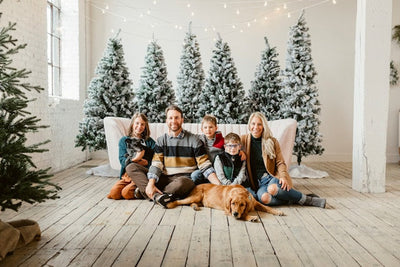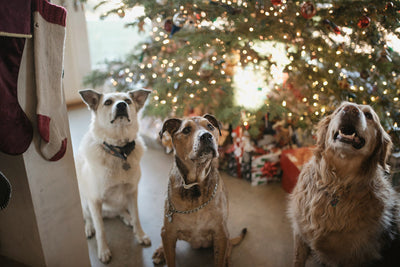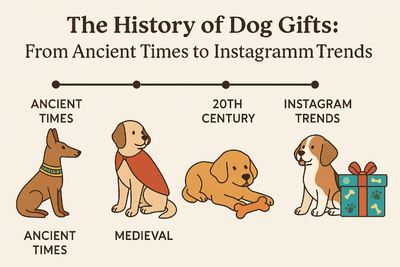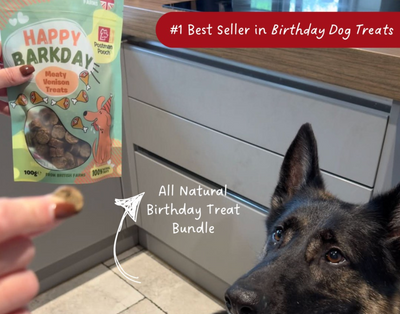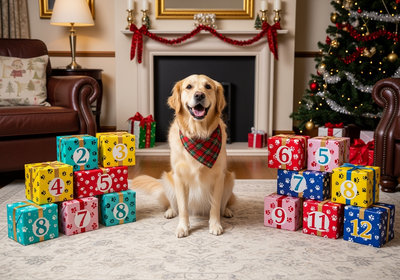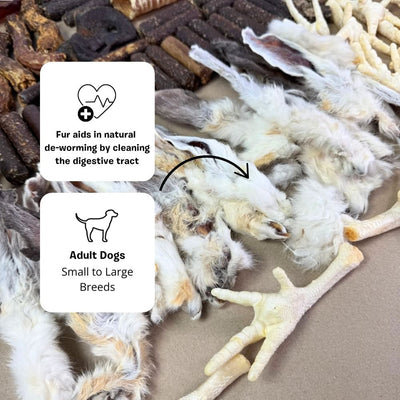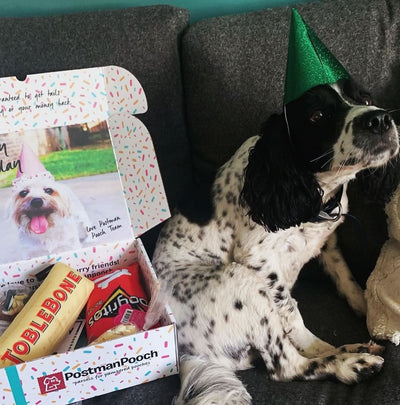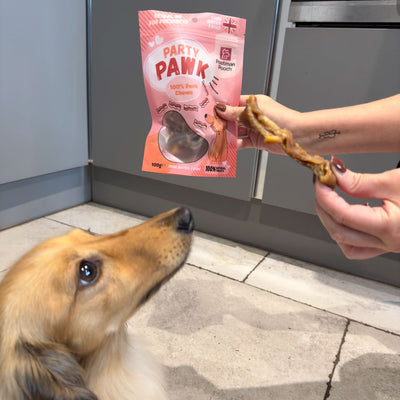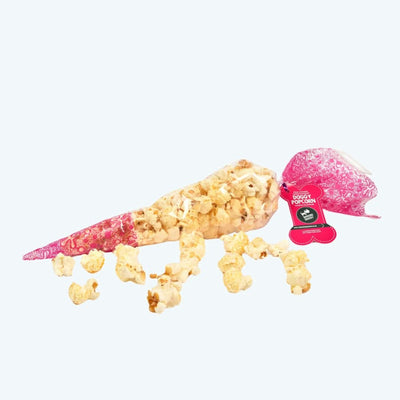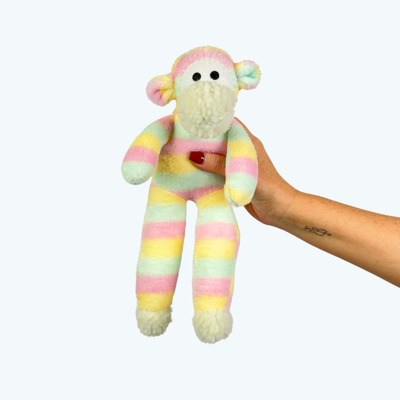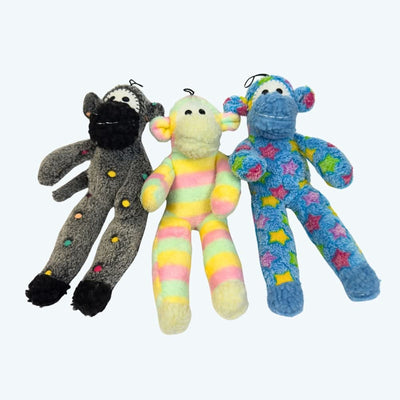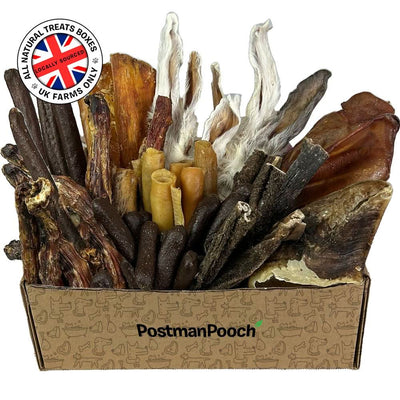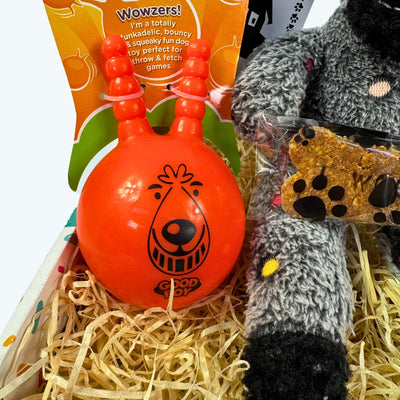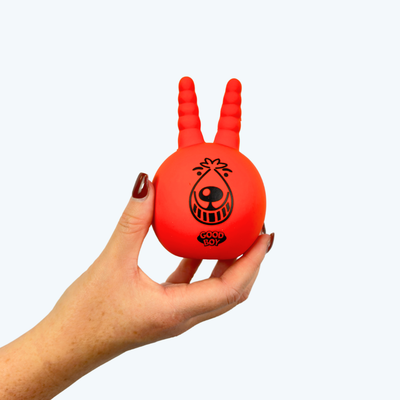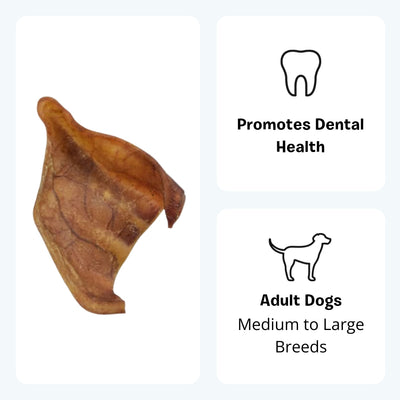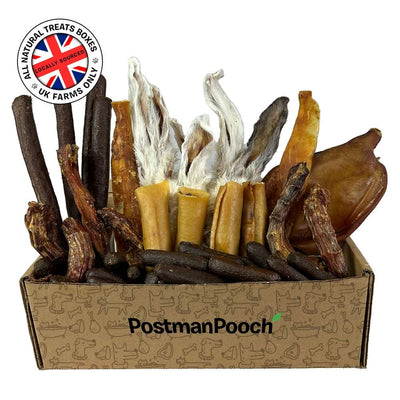Bringing a new puppy into your home is an exciting and joyful experience. However, if you already have a resident dog, introducing the newcomer can be a delicate process. Proper introductions and a gradual transition are key to establishing a harmonious relationship between your furry companions. In this guide, we’ll explore some essential tips to help you in introducing a new puppy to your dog.
Preparing for the Introduction:
Before the big day arrives, take some time to prepare your home and your resident dog for the arrival of the new puppy. Ensure that both dogs have their own separate spaces, including beds, food bowls, and toys. This will give them a sense of security and help avoid potential conflicts over resources. Additionally, make sure both dogs are up-to-date on their vaccinations and have been properly examined by a veterinarian.
Choose a Neutral Territory:
When it’s time for the initial introduction, select a neutral territory such as a park or a friend’s yard. This helps to eliminate any territorial feelings your resident dog may have in their familiar space. Keep both dogs on leashes for safety and have an additional person present to assist if needed.
Gradual Introduction:
Start the introduction by allowing the dogs to see each other from a distance. Observe their body language and reactions. If both dogs appear calm and curious, you can gradually decrease the distance between them while still maintaining control over their leashes. It’s important to remain calm and composed during this process, as dogs can sense your emotions.
Positive Reinforcement:
Reward both dogs with treats, praise, and affection for calm behaviour and positive interactions. This will help them associate each other’s presence with positive experiences. Avoid scolding or punishing either dog, as this can create anxiety and tension.
Supervised Interactions:
After the initial introduction, you can begin allowing short, supervised interactions between the dogs. Monitor their behaviour closely and intervene if any signs of aggression or stress arise. Gradually increase the duration of these interactions over time as the dogs become more comfortable with each other.
How long does it take for a dog to get used to a new puppy?
The time it takes for a dog to get used to a new puppy can vary. Some dogs may adjust quickly, while others may need more time. It is important to be patient and allow the dogs to set their own pace. Generally, it can take anywhere from a few days to several weeks for the dogs to become fully comfortable with each other.
How do I get my dog to accept a new puppy?
To help your dog accept a new puppy, follow these tips:
- Gradual introduction: Allow the dogs to see each other from a distance and gradually decrease the distance between them.
- Positive reinforcement: Reward both dogs for calm behaviour and positive interactions.
- Supervised interactions: Monitor their behaviour closely during initial interactions and gradually increase the duration over time.
- Equal attention and training: Ensure that you provide equal attention, love, and training to both dogs to prevent jealousy and promote a sense of fairness.
Do dogs like when you get a new puppy?
While every dog is unique, many dogs do enjoy having a new puppy in the household. It can provide companionship and stimulation. However, it’s important to introduce the new puppy properly and give your resident dog time to adjust to the new addition.
What do I do if my dog doesn’t like my new puppy?
If your dog doesn’t immediately take a liking to the new puppy, don’t panic. Here’s what you can do:
- Give them time: Some dogs need more time to warm up to a new puppy. Be patient and allow them to adjust at their own pace.
- Separate spaces
- Ensure each dog has their own space to retreat to and feel safe.
- Professional guidance: If the tension persists or escalates, consider seeking advice from a professional dog trainer or behaviourist.
Do old dogs get sad when you get a new puppy?
Older dogs may experience a range of emotions when a new puppy enters the picture. Some may feel a bit overwhelmed or unsettled initially. It’s important to continue providing love, attention, and reassurance to your older dog while also gradually introducing the new puppy to minimize any potential stress.
Do dogs get jealous of new puppies?
Just like humans, dogs can experience feelings of jealousy. Introducing a new puppy may trigger jealousy in your resident dog, as they may feel their territory or your attention is being threatened. To alleviate this, ensure both dogs receive equal love, attention, and training. Over time, they will learn to coexist and form their own bond.
Here are some Puppy Toys and Treats that you can introduce to your new arrival. Having their own puppy toys will give them a sense of security and means they shouldn’t be interested in their new sibling’s toys!
Introducing a new puppy to your dog can be a rewarding experience for both you and your furry friends. By following these tips and guidelines, you can help ensure a smooth transition and a harmonious start to their relationship. Remember, patience, positive reinforcement, and careful supervision are the keys to success. Soon enough, your dogs will become the best of friends, bringing endless joy and companionship to your home.
*Please note that the information provided in this blog post is for informational purposes only and does not substitute professional advice. If you have specific concerns about introducing a new puppy to your dog, it’s always recommended to consult with a professional dog trainer or behaviourist for personalised guidance.


